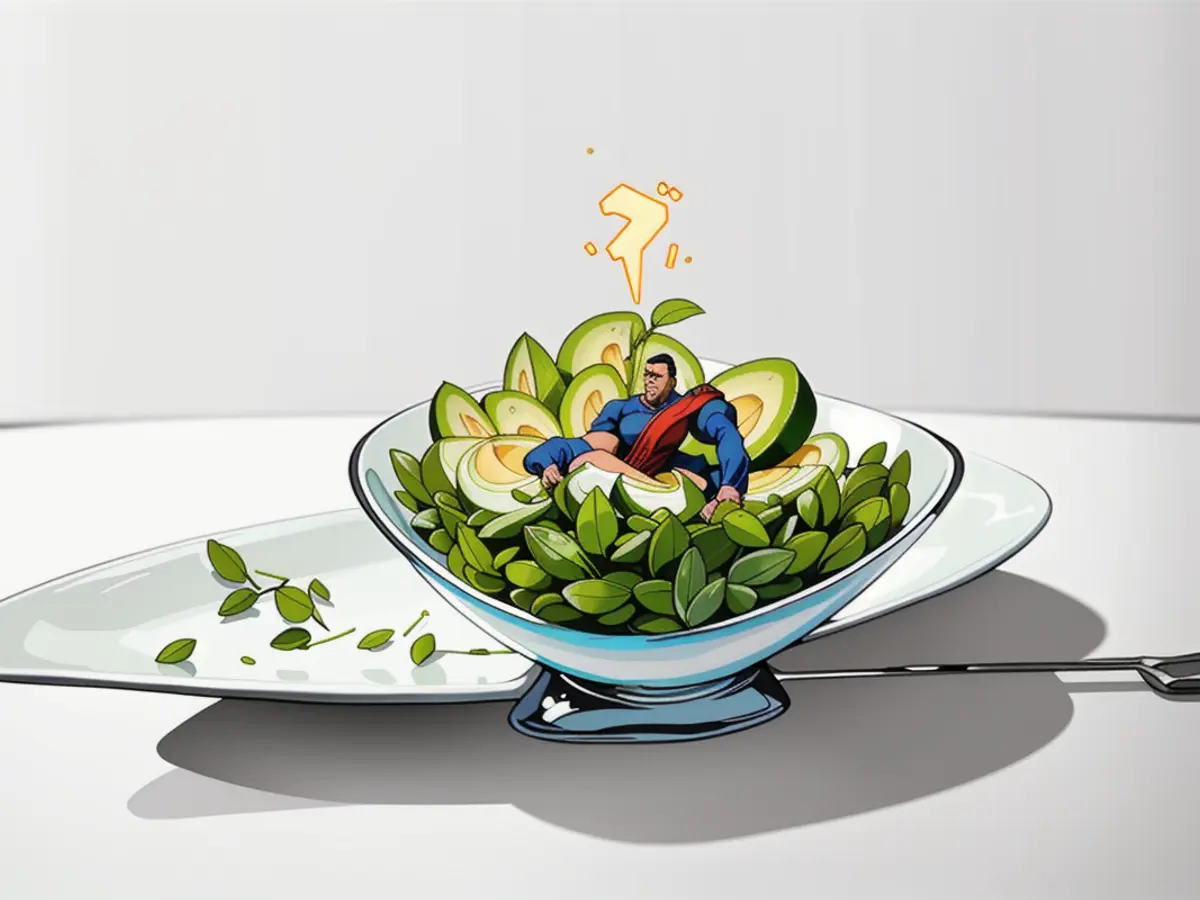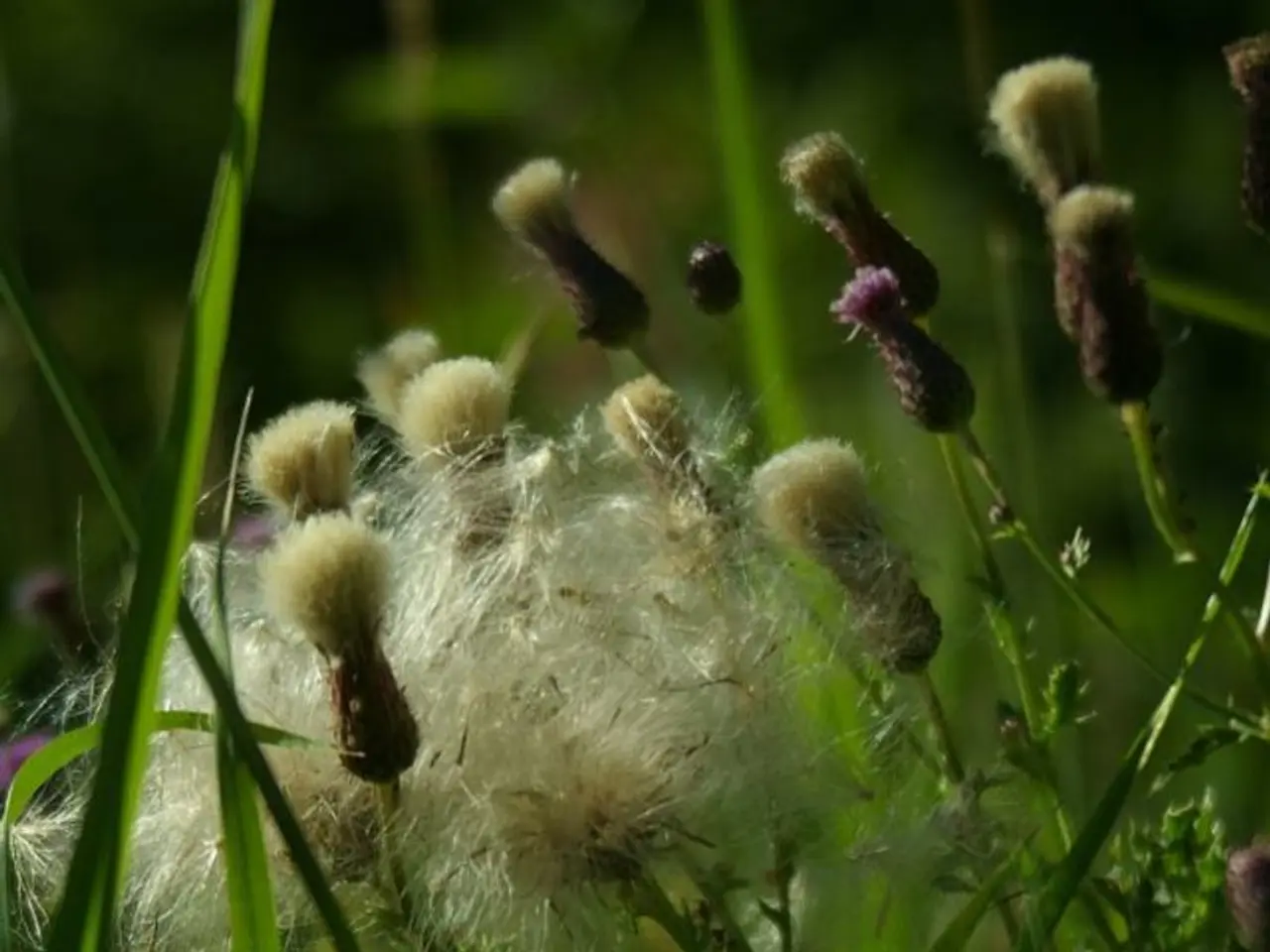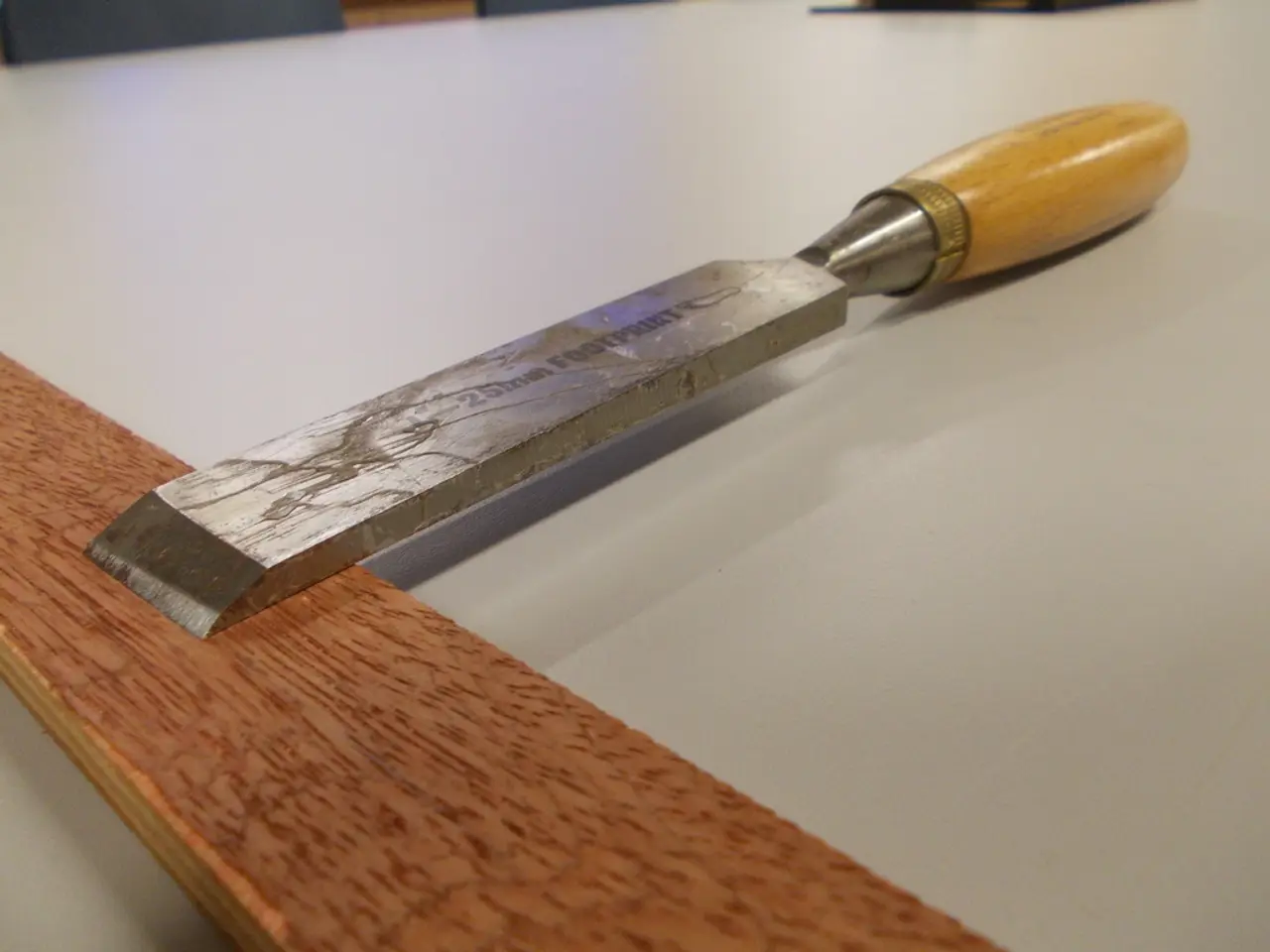Mastering Indoor Microgreen Cultivation for Seamless Year-Round Consumption
Microgreens are an excellent choice for home gardeners, particularly those residing in urban environments, due to their ease of cultivation and minimal space requirements. These tiny, nutrient-dense greens can be grown in small trays or containers on a windowsill, making them accessible even in urban jungles. With a speedy growth cycle of approximately two weeks, you can harvest a fresh batch in no time.
Moreover, microgreens can be cultivated all year round, allowing you to incorporate various flavors and textures into your meals, irrespective of the season. Be it elevating your salads, sandwiches, or smoothies, growing microgreens at home is not only a rewarding endeavor but also a delightful one. So, without further ado, let's dive into the tips and tricks shared by gardening experts on how to grow microgreens year-round in the comfort of your home.
What are Microgreens?
Simply put, microgreens are the beginning stages of vegetables and herbs like broccoli, kale, and arugula. Tara Ghook, co-owner of Joyful Sprouts Organic Farm, explains that every seed begins as a sprout and then develops into a microgreen. When left to grow, it results in the mature fruit, vegetable, nut, or legume that is harvested at its ripest stage.
How to Grow Microgreens
There are various types of microgreens, each with unique characteristics. However, Ghook recommends following these general guidelines for growing microgreens:

Select organic seeds for the best quality and follow the specific instructions on each individual seed packet. After that, fill the planting tray or container with finely sifted growing medium, lightly moisten it, and scatter the microgreen seeds over the medium. Gently mist the seeds, place the grow tray or containers on a germination mat (if the temperature in your home is above 70 to 85 degrees Fahrenheit, skip this step), cover the seeds, and introduce them to bright, indirect sunlight or use grow lights once the seeds have germinated after three to five days.
Care for Microgreens
Microgreens thrive best in bright, indirect sunlight and require daily watering. By the second day of germination, bottom watering is recommended to prevent mold. Work with well-draining soil that is light and airy, ensuring proper aeration for the fragile roots. Although microsgreens do not require much fertilizer, adding worm casting or worm tea can help them grow larger and faster.
Harvesting and Storing Microgreens
Microgreens are typically ready to enjoy in less than two weeks after planting. Once the stems are about 2 inches long and the first small set of leaves have formed, gently harvest them by cutting with scissors above the soil. To store microgreens, Nieusma recommends keeping them uncut in the soil or handling them gently and avoiding washing when cutting. Place the cut microgreens loosely in a resealable container, avoiding using a container that is too large, and keep them refrigerated to stay fresh for longer.

Common Mistakes When Growing Microgreens
While microgreens are relatively problem-free, some common pitfalls to be aware of when growing them include:
- Watering incorrectly: Avoid watering from above and bottom-water instead.
- Too much sunlight: Place your tray or containers by a west-facing window or supplement with grow lights, ensuring microgreens receive the right amount of light but not excessive light.
- Incorrect temperature: Maintain a temperature between 60-75°F (15-24°C) to promote healthy growth.
- Insufficient airflow: Provide some open space around the container when growing microgreens to allow for proper air circulation.
Frequently Asked Questions
- What's the difference between microgreens and sprouts? Sprouts are germinated in water, while microgreens are grown in soil.
- Do microgreens regrow after cutting? No, microgreens do not continue to grow after being harvested.
- Can you use regular potting soil for microgreens? Avoid soils with high levels of compost or fertilizers when growing microgreens.
- Martha Stewart has shared her own experience with growing microgreens at home, highlighting their versatility in adding texture and flavor to various dishes.
- Houseplants enthusiasts might also be interested in exploring the world of container garden ideas, as they can also grow microgreens in small pots or trays alongside their other greenery.
- In her Vegetable Garden Ideas, Stewart suggests incorporating microgreens into the mix, as they can contribute to a more diverse and nutrient-rich garden.
- When creating a microgreen garden, it's essential to maintain the correct temperature, between 60-75°F (15-24°C), to ensure optimal growth.
- Microgreen enthusiasts can further their knowledge by exploring various Vegetable Garden Ideas and Container Garden Ideas that incorporate microgreens, expanding their gardening repertoire and providing even more fresh, nutritious options for their meals.







